2016 Yamaha V1 Review
Entry level craft gets a new engine for 2016
Yamaha’s lowest-priced V1 is a staple in rental fleets, but it’s also gotten increased attention from a mainstream audience of late, in part thanks to Sea-Doo’s affordable Spark. No, Yamaha didn’t slash the V1’s $7,899 price to compete with the Spark’s $5,199 starting number, but the brand does make an argument that the V1 compares well to a Spark after the latter is optioned up to include a few extras.
That makes the Yamaha V1 appealing to buyers that are looking for an affordable entrance to the sport…or just want to add another low-priced boat to their existing navy.
Something New For ‘16
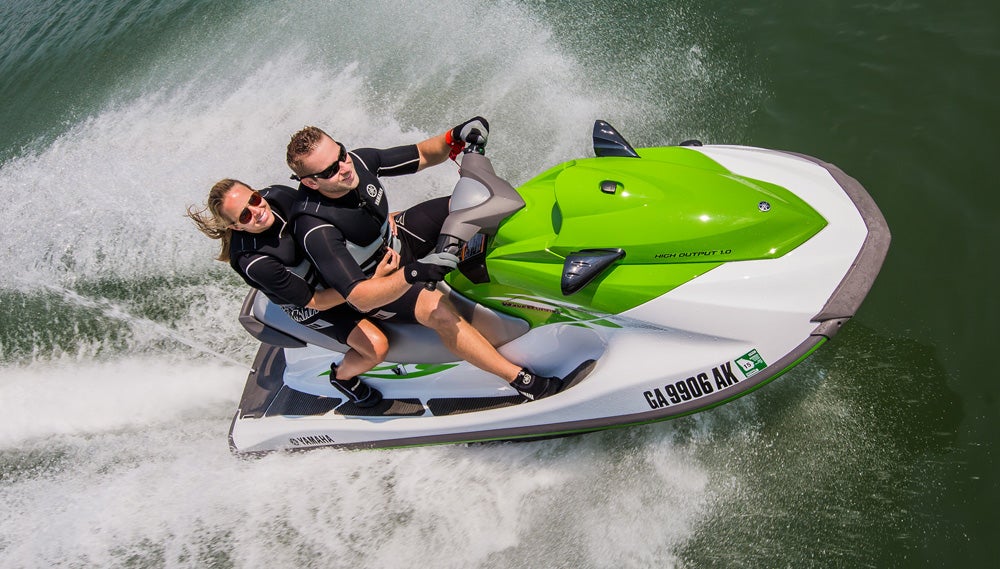
Though the V1 is still very much the familiar VX model that outsold every other craft for over a decade, the boat does feature a significant change for 2016.
Coming into the 2016 season, Yamaha introduced the 1,049cc TR-1 engine, a compact three-cylinder that’s 40% smaller than the previous MR-1, weighs a mere 160 pounds, and produces 13 more horsepower. Much of the size reduction is the result of advanced engineering. Yamaha eliminated the reduction gear, integrated the oil tank into the design, and attached the Electronic Control Unit and air filter to the engine. Goals weren’t more speed necessarily, but reducing the size and weight, increasing overall performance and fuel economy, and maintaining reliability.

While top speed remains similar (I recorded 53 mph on a hot August day outside Atlanta, similar to what I have measured on the previous model), the acceleration is notable. It feels far more crisp than the MR-1, eliminating the sluggish feeling that could sometimes be noted on that former engine in the midrange. As promised, it’s also more fuel-efficient. I had the opportunity to hook up fuel-flow test equipment during my test ride to collect my own data and noted a 3.7 gph consumption at 30 mph and only 8.3 gph at full throttle. Add in far more room in the engine compartment to access the engine when maintenance is required, and the TR-1 is a welcome addition to an old favorite.
Proven Hull Design Returns
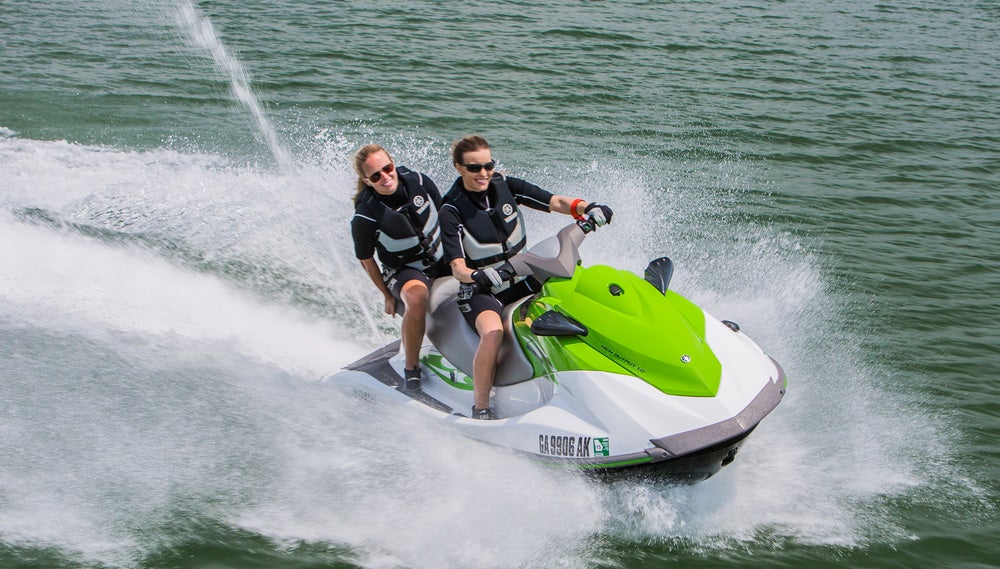
Surrounding that engine is the familiar VX hull and deck. The 126.8”, three-passenger design is exceptionally stable, which is perfect for newcomers. Yet for experienced riders, that same hull is able to carve relatively precise turns without feeling loose or squirrely. This versatility makes the VX able to please complete noobs, yet still satisfy those who want to get a little more aggressive in their riding. Like all Yamahas, the handling doesn’t suffer when conditions get bigger on the water. The hull handles rough water with ease, maintaining the confidence of driver and passengers.
Construction is FRP, or fiberglass-reinforced plastic, the conventional construction of many personal watercraft models. It features a shiny, painted finish with a white base color and choice of green or yellow accent that all promise not to fade like gelcoat (or arguably plastic) over time. The latter is something that Yamaha offers as an advantage over the matte-finish, polypropylene-construction Spark. It’s attractive, feels solid, and offers the space for a generous storage compartment in the bow and a larger-than-average swim platform at the stern.
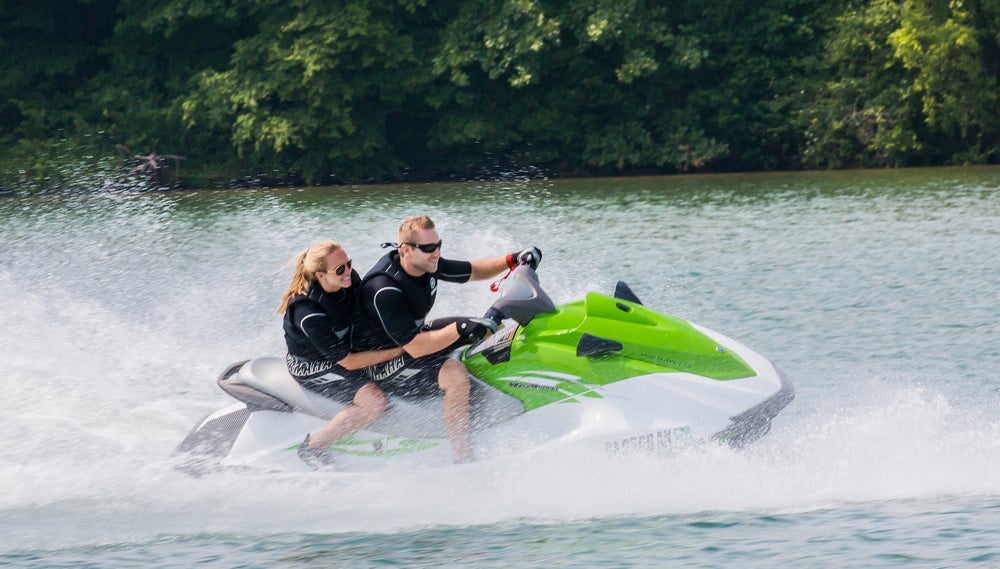
The biggest omission on the Yamaha V1 is reverse, meaning docking and maneuvering around tight quarters will be old school. It keeps the price low, but I’d definitely suggest buyers at least consider looking at the V1 Sport, which includes reverse for $800 more.
Competitive Nature
So how does a $7,899 craft compete with the aforementioned Spark that starts at only $5,199? At first glance, it doesn’t. But assume more of an apples-to-apples comparison – increase the Spark’s 60hp base engine to 90hp, go for the three-passenger version instead of the two-seater, and add bow storage as many consumers have been shown to do – and that gap shrinks closer to $700. Hence Yamaha’s decision to not (at least not yet) take on the Spark directly. In this latter comparison, the V1 offers 20 more horsepower than the max Spark engine, is nearly 17” longer, offers more than twice the fuel capacity, 15 gallons of storage capacity, and is fabricated from more traditional FRP. Whether those details matter depends on the buyer, but certainly it warrants the V1 sticking around in the Yamaha lineup.
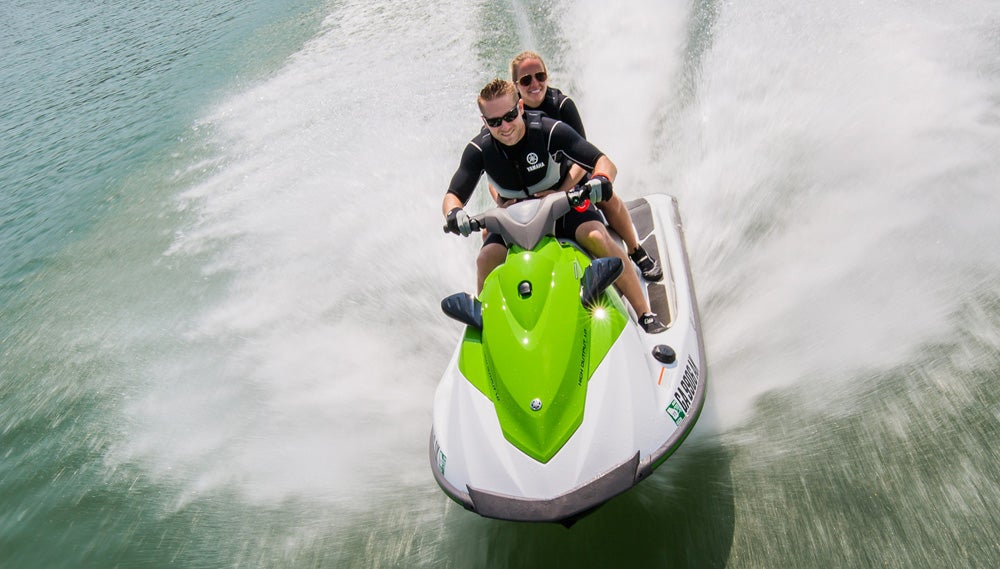
And then there are the smaller details. The Yamaha V1 features a glovebox with drinkholders, HydroTurf traction mats, and rearview mirrors.
Yes, the V1 still will probably end up in a lot of rental locations. That much is obvious. But for those who put a premium on pricing, it’s worth considering when comparing to the competition. After all, Yamaha sold a lot of VX models over the years. That kind of success is not without merit.
| 2016 Yamaha V1 Specs | |
| Length | 126.8 inches |
| Beam | 46.1 inches |
| Dry Weight | 672 lbs |
| Engine | Four-cylinder DOHC EFI |
| Displacement | 1,049 cc |
| Bore and Stroke | 82 mm x 66.2 mm |
| Compression Ratio | 11.0:1 |
| Fuel Capacity | 18.5 gal. |
| Combined Stowage Capacity | 15.1 gal. |
| Colors | Pure White w/Laser Yellow or Electric Green |
| Price | $7,899 |
Get PersonalWatercraft.com in your Inbox!
Like PersonalWatercraft.com on Facebook
Comments
Most Popular
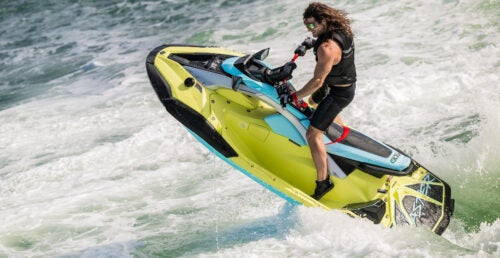
2025 Yamaha JetBlaster PRO 2-Up Review
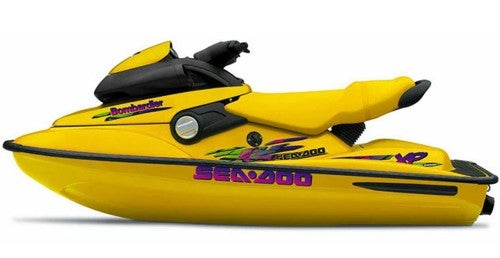
Remembering the Sea-Doo XP
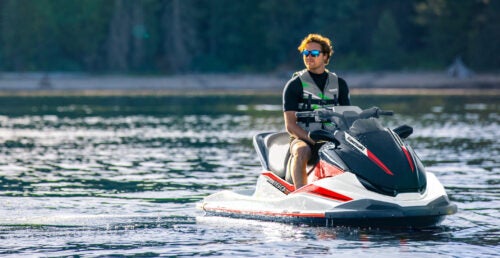
2024 Kawasaki Jet Ski STX 160X Review

Whatever Happened to the Wetbike?
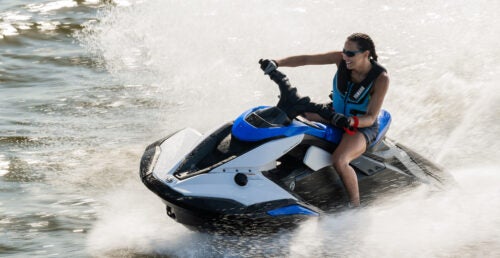
2025 Yamaha JetBlaster Review
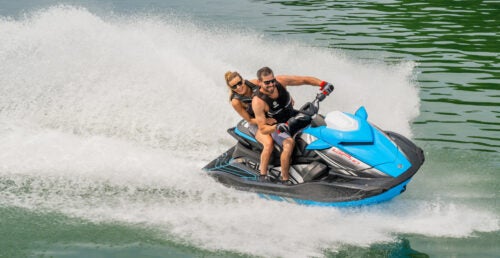
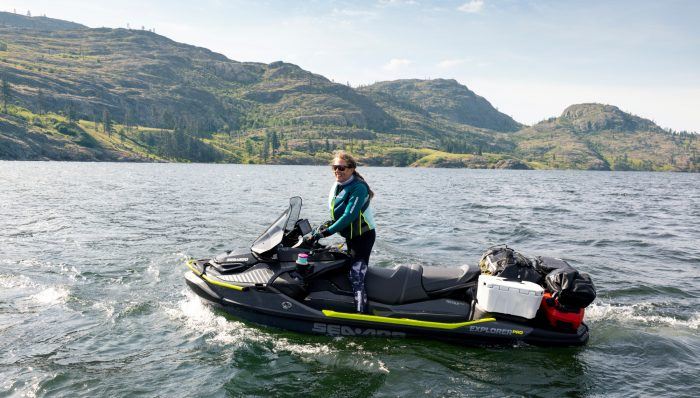
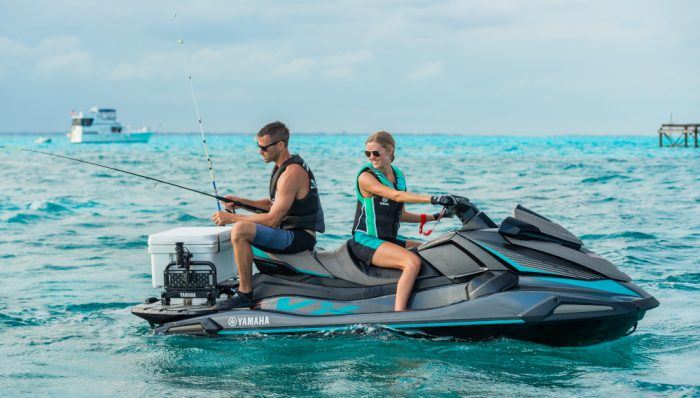
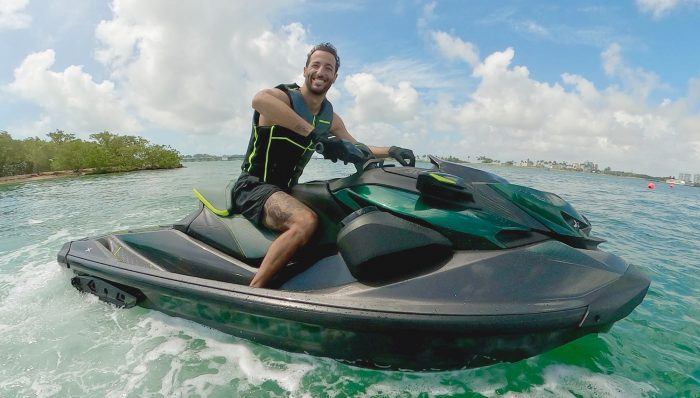
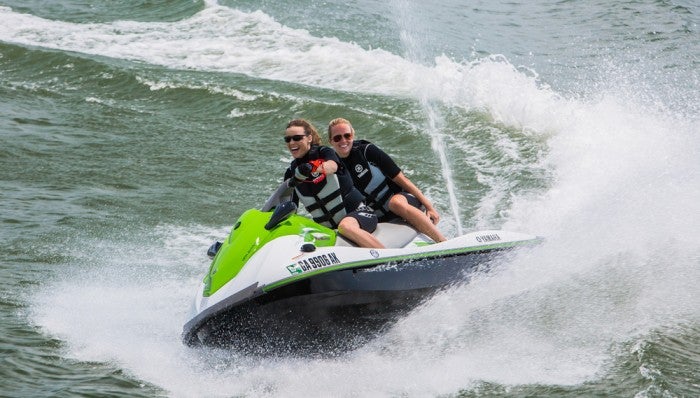





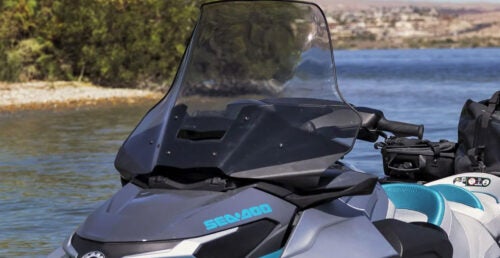
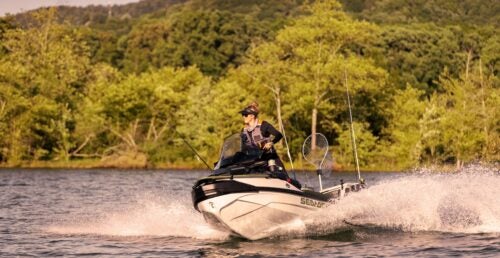


 Your Privacy Choices
Your Privacy Choices